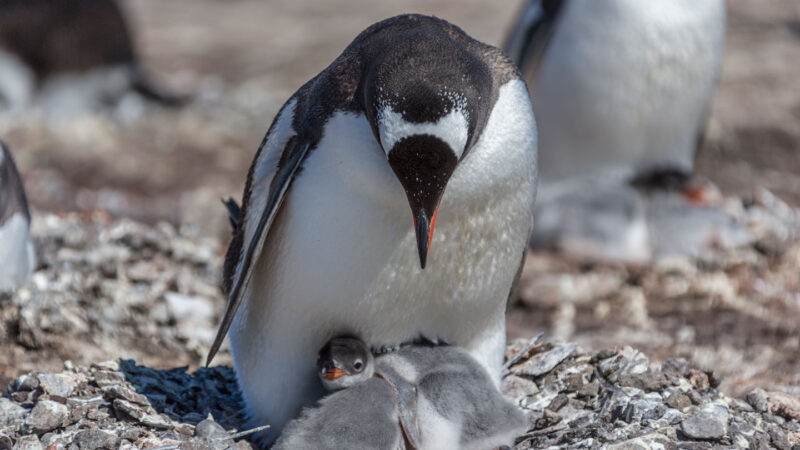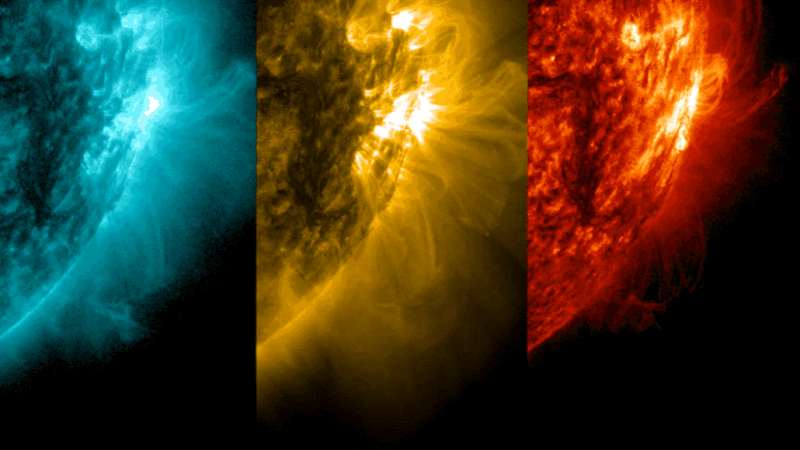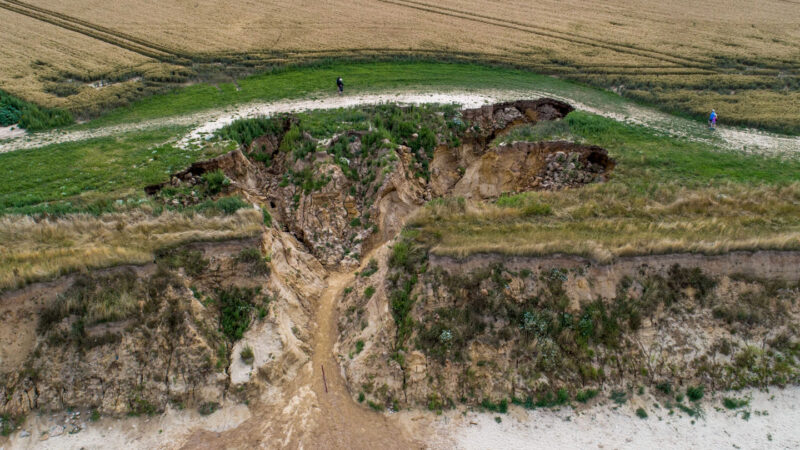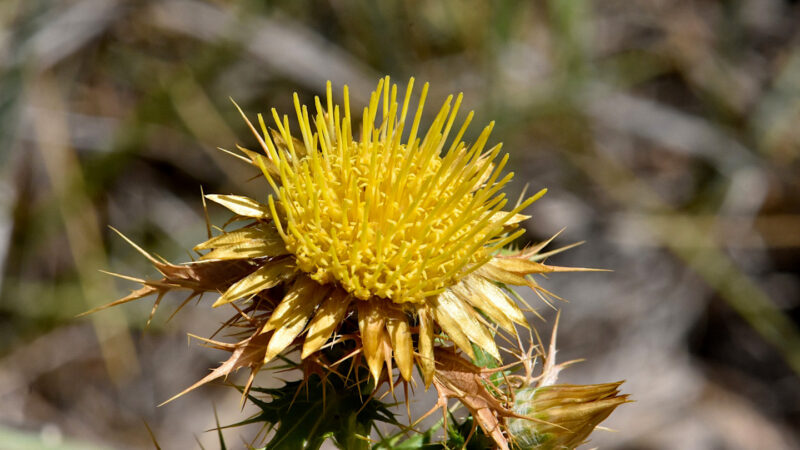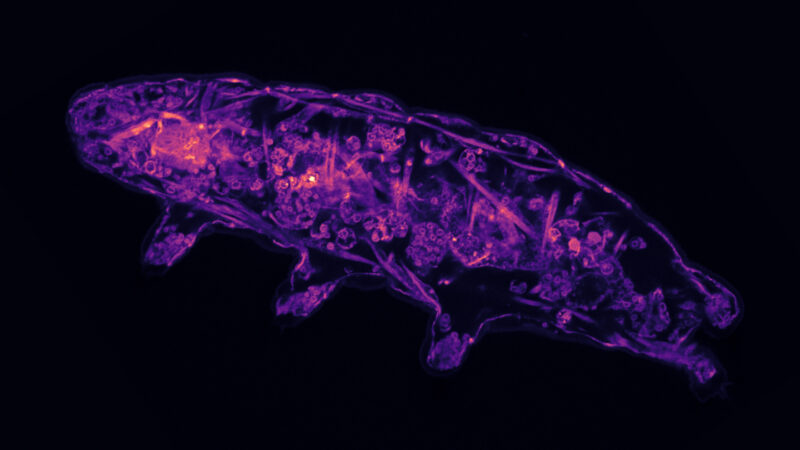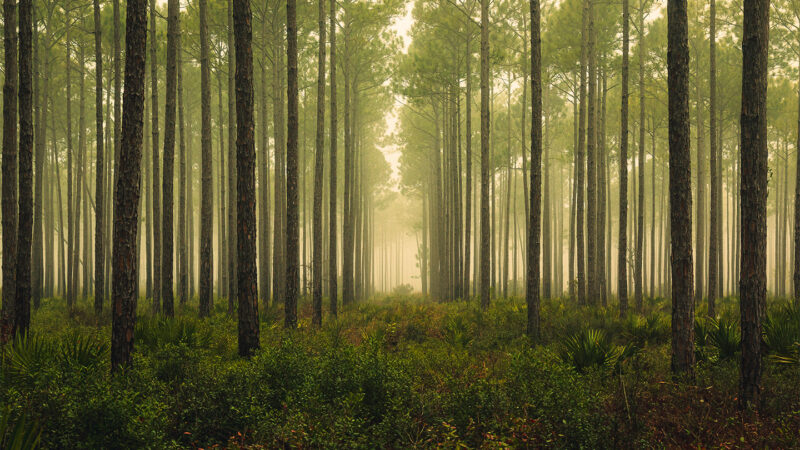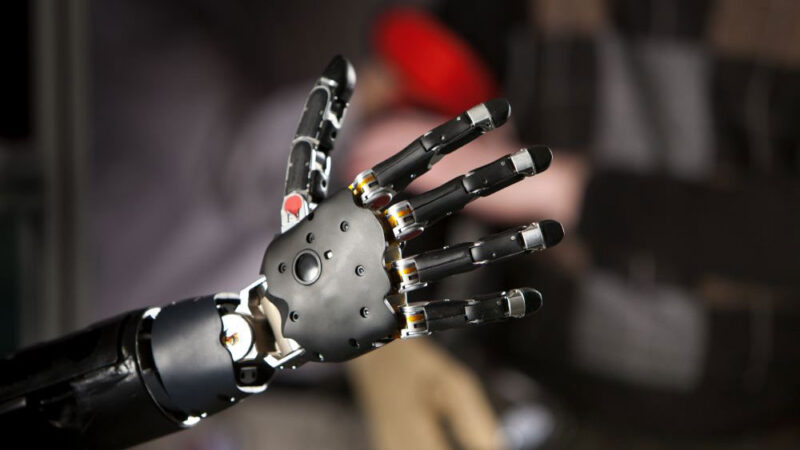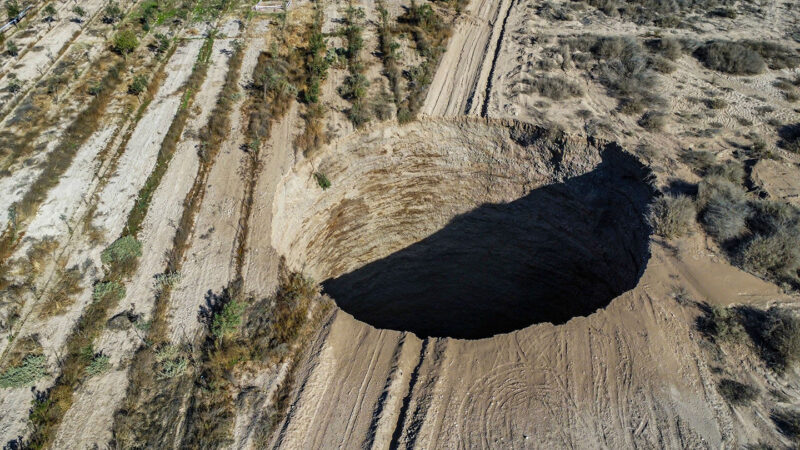
AI learned how to influence humans by watching a video game
If you’ve ever cooked with someone, you know it requires coordination. One person chops this. The other mixes that. Sometimes, you might hand each other ingredients or tools when you’d like something done. But how might a robot handle this type of teamwork? A recent study offers some clues. Artificial intelligence, or AI, watched people…

